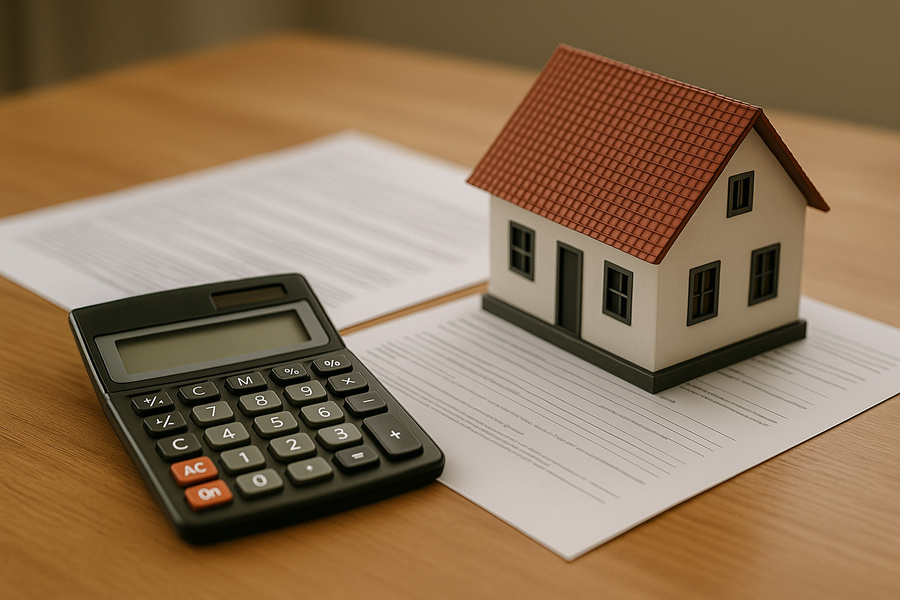Fri 14 November 2025
Property News | Affordable Housing in the News of Late
Over the past year, there have been some startling headlines about how to slow down rising property prices and make housing more affordable for young people and local residents here in Spain. From proposals for a 100% tax on non-residents to bans on tourist licences in many towns, governments seem to be exploring a range of measures and initiatives.
My overall opinion is that every market has its own inbuilt sustainability, and governments should be cautious about intervening. Whether it’s the stock market, gold, oil, or cryptocurrency, all experience natural rises and falls over time. When something becomes unaffordable, the market tends to correct itself. The property market has been through several high and low cycles during my lifetime, and this is simply part of its nature.
I decided to take a closer look at the statistics to see whether the current claims about property affordability really hold up. Unfortunately, the most recent salary data only goes up to 2023, so I’ve based this comparison on a 10-year period from 2013 — the lowest point in the last property cycle.
For consistency, I’ve used figures for the whole Comunidad Valenciana region. After all, not everyone can afford to live in the most desirable areas, and it’s common for people to buy homes within commuting distance of their workplace or family. When I worked in central London, I would have loved to buy in Mayfair, but instead I purchased in a town an hour away by train. That was 30 years ago — so it’s nothing new that homes in prime locations are only within reach for the wealthy.
The Statistics – Communidad Valencia
| 2013 | 2023 | Percentage Change |
Average Salary | 20,878 euro | 25,632 euro | 22% |
Average M2 House Price | 912 euro | 1,158 euro | 27% |
There’s a gap between the rise in property prices and the rise in wages — around 5%. While that’s notable, it’s smaller than many might expect given the tone of recent media coverage. Prices have certainly increased sharply over the past year, but wage data for 2024 isn’t yet available. Once it is, that gap might narrow further.
However, there are other reasons why buying a home remains difficult for locals and younger buyers.
Firstly, the size of the deposit required for a mortgage. Most banks now ask for around 20%, which is extremely difficult for a normal working person to save while also paying rent. During the last recession, banks were lending 100% or even 120% of a property’s value — a key factor in the market crash caused by poor underwriting and excessive risk-taking.
Secondly, there’s the purchase tax imposed by the government, currently set at 10% of the property’s value. When you add this to the 20% deposit required by banks, a buyer would need €90,000 in savings to purchase a €300,000 home. With the average salary in the region just over €25,000, it’s easy to see why this goal feels out of reach for many.
A Possible Solution
If banks reduced the minimum deposit to 5% while maintaining strict credit checks and fair property valuations, that would help more people access home ownership.
If, at the same time, the government reduced the purchase tax for residents buying their habitual home to 5%, the total savings needed for a €300,000 property would drop to around €30,000 — a far more realistic target for working families.
To offset this reduced tax income, the government could introduce a higher, tiered purchase tax for non-residents and second-home buyers. A sliding scale based on the number of properties owned or the property’s value would help maintain revenue while focusing support where it’s most needed. After all, these buyers tend to purchase higher-value homes, meaning their contributions would remain substantial.
The Valencian government is already planning to lower the purchase tax for everyone to 9% in 2026, but a more flexible, targeted system could do far more to help local residents secure a home of their own.
To find out more about property prices, mortgages and taxes, contact Javea Home Finders.

